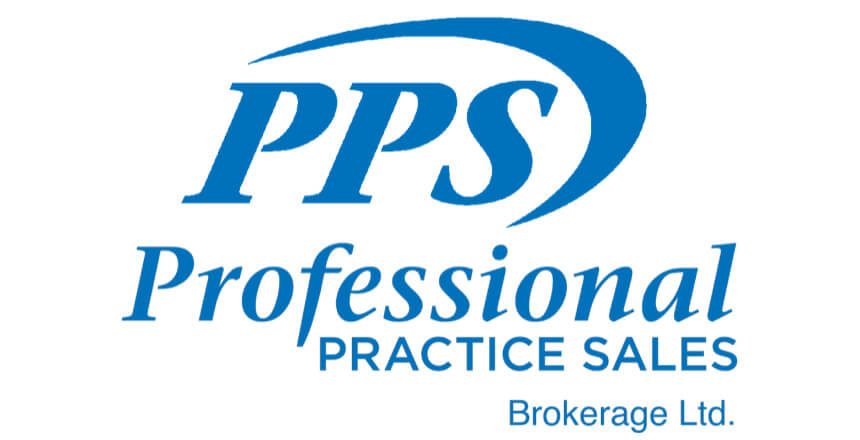
We are often asked to value small and low billing practices. After the doctor’s remuneration is accounted for, it may initially appear as if the practice is not profitable. Since we are looking for excess earning capacity, over and above remuneration for doing the dentistry, we have to take a different approach.
Most practices would like to have more patients. We, therefore, value the practice as if it were being sold and moved to another dentist in the area who would already have leaseholds and rent. They would purchase the practice and absorb the smaller practice into their own. We remove the rent from the financial statements and we do not allocate any value to leasehold improvements. The purchaser would look at the financial results as reasonable for his/her purchase. This becomes a win-win scenario.
Typically the “moving” practice would be structured as follows:
- Lower value leaseholds. If it is a new facility and there is a high leasehold improvement value then this alternative may not be available unless the purchaser brings his/her existing practice to the vendor’s location. In this scenario the sold practice facility would have to be large enough to support the incoming practice as well as its own.
- Short time remaining on the lease. If the practice in question has a long lease that may be difficult to re-rent then it may not be realistic to think of the practice as a “mover”. Ideally, if there is three months to one year left on the lease, this would give the purchaser time to move the practice out of its current location.
- Transition time with the vendor. If the vendor is willing to associate back in the practice at the new location for a minimum of one year, this would enhance the value of his/her practice. If the vendor is not or is unwilling to work in the new location then the purchaser would expect to lose more patients in the transition thus making the practice less valuable to the purchaser.
- Matching requirements of the purchaser and what the vendor has to offer. The more efficient the merger is for the purchaser the more value he/she would gain. For example, the purchased practice has one new dental chair and the purchaser has one old chair; this is a win-win situation. If the purchased practice has old equipment this could be of limited importance to the purchaser with no need of the vendor’s equipment. The purchaser can donate the unused assets and receive a charitable donation receipt for tax purposes.
- Proximity. If the practices are less than two kilometres apart the transfer of patients to the new location would be very favourable. Practices can be further apart but this would mean that the vendor should stay on for a longer time frame such as two to five years to help retain the patients.
- Staff transition. The relocation of staff is always a concern. An efficient and reliable receptionist is important for continuity with the patients. The chairside assistant is essential for the vendor, as he/she will need a chairside even with the move. Ideally, the hygienist, if any, would be required in the new location as well. If termination is necessary, one must weigh the net proceeds of the sale to the vendor, when selling to that purchaser.
We have had great results with moving smaller practices into larger more modern facilities and both the Vendor and the Purchaser win.
